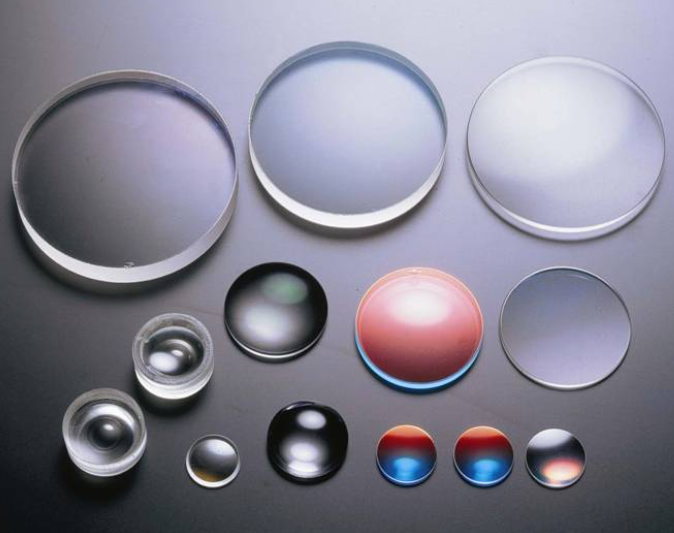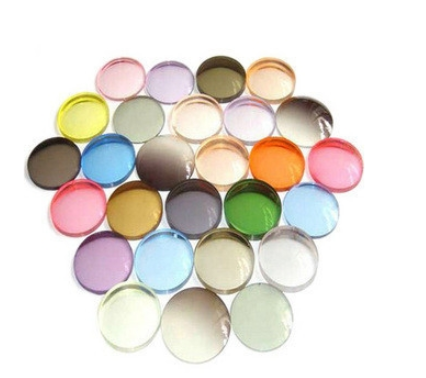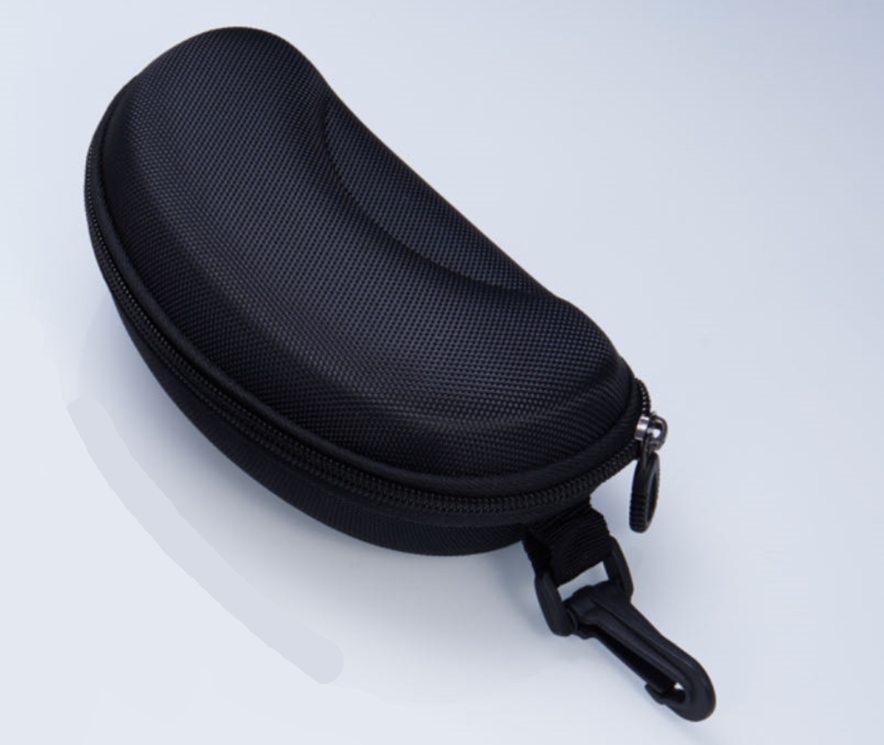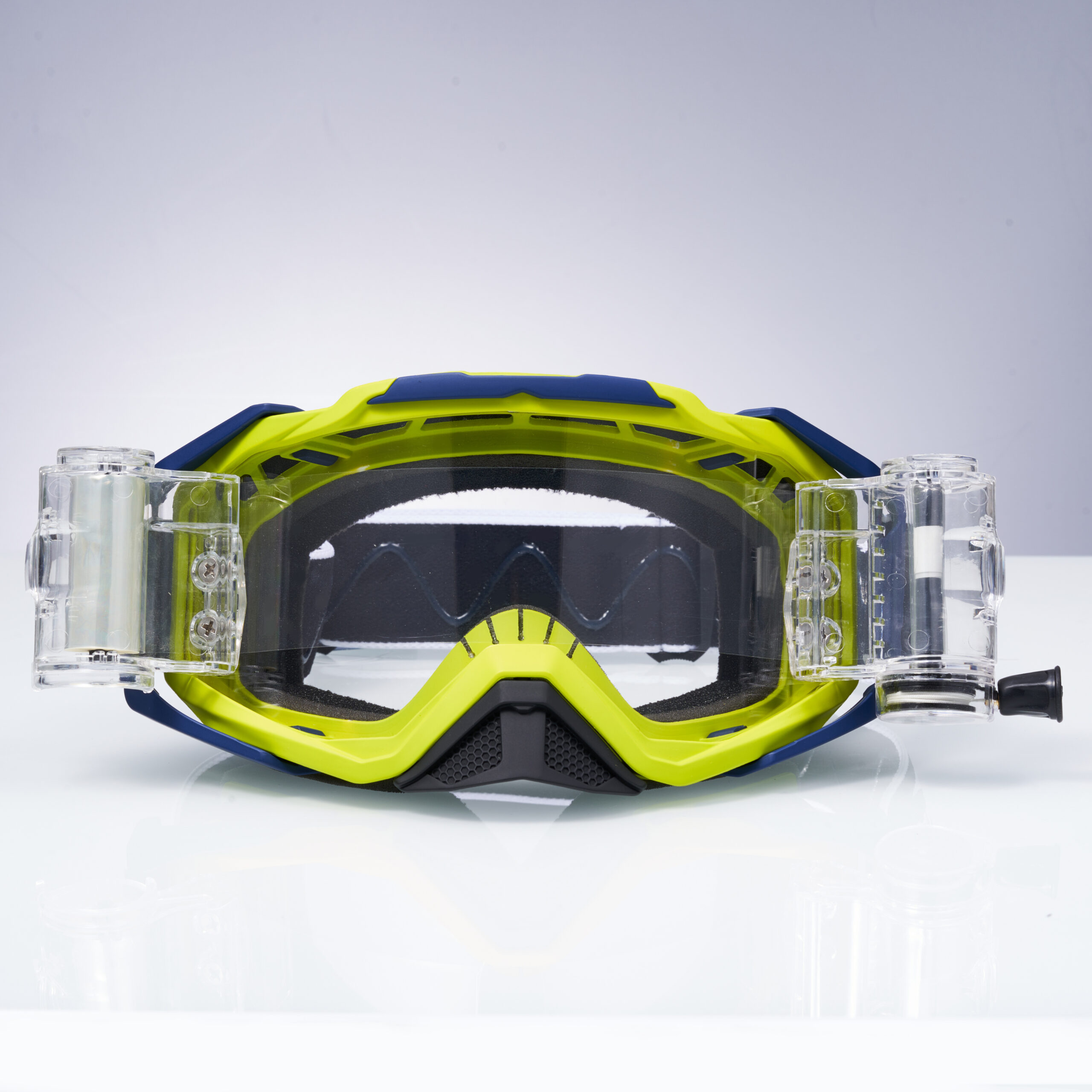Cycling is a sport that demands focus, precision, and keen awareness of the surroundings. One essential piece of gear that significantly impacts a cyclist’s performance and safety is the lenses in their goggles. The color of these lenses can affect how well you see in different lighting conditions and environments. Choosing the right lens color can enhance contrast, reduce glare, and protect your eyes from harmful UV rays. This guide will explore the best lens colors for various cycling conditions and how to select the ideal lenses for your rides.
The Importance of Lens Color in Cycling Goggles
Lens color is not just about aesthetics. It plays a crucial role in how you perceive your environment. Different colors filter light in unique ways, affecting contrast, depth perception, and overall visibility. This can make a substantial difference in your performance and safety, particularly in varying weather conditions and terrains.

Key Factors to Consider
Before diving into specific lens colors, it’s important to understand the factors that should influence your choice:
1. Lighting Conditions: Different colors perform better under certain lighting conditions, such as bright sunlight, overcast skies, or low light.
2. Terrain: The type of terrain, whether road cycling, mountain biking, or trail riding, affects what lens color might be best.
3. Personal Preferences: Comfort and personal visual preferences also play a role in your lens choice.
Best Lens Colors for Different Cycling Conditions

1. Clear Lenses
Best for: Night riding, low-light conditions, and indoor cycling.
Clear lenses do not alter your vision’s color balance and provide protection from debris and wind. They are ideal for night rides or early morning sessions before sunrise when light is minimal. Clear lenses ensure that you can see your surroundings without any color distortion.
2. Yellow/Amber Lenses
Best for: Overcast days, foggy conditions, and low-light environments.
Yellow and amber lenses enhance contrast and depth perception, making them perfect for cloudy or foggy days. They help in spotting potholes and other obstacles on the road, providing a clearer view in low-light conditions. These lenses also reduce eye strain by filtering out blue light.
3. Orange/Bronze Lenses
Best for: Partly cloudy to sunny conditions, and varied light conditions.
Orange and bronze lenses increase contrast and depth perception, especially against green and blue backgrounds. They work well in partly cloudy to sunny conditions, making them versatile for different lighting situations. These lenses are beneficial for trail riding, where lighting can change frequently.
4. Brown/Copper Lenses
Best for: Bright sunny days and variable light conditions.
Brown and copper lenses enhance contrast and provide good color balance, making them ideal for bright sunny days. They reduce glare and improve depth perception, which is particularly beneficial for road cycling and mountain biking. These lenses are great for reducing eye fatigue during long rides.
5. Gray/Smoke Lenses
Best for: Bright sunny days and consistent lighting.
Gray and smoke lenses reduce overall brightness without distorting colors, making them perfect for bright sunny days. They offer a natural color balance and are excellent for long rides in consistent lighting conditions. These lenses are ideal for cyclists who prefer true color perception.
6. Green Lenses
Best for: General-purpose use, especially in moderate to bright light conditions.
Green lenses reduce glare and enhance contrast while preserving natural color balance. They are versatile and work well in various lighting conditions, making them a solid all-around choice for cyclists. These lenses are particularly good for rides through wooded areas where light and shadow vary.
Specialized Lens Technologies
Beyond color, several specialized lens technologies can further enhance your cycling experience:
1. Photochromic Lenses
Photochromic lenses automatically adjust their tint based on the amount of UV light present. They darken in bright sunlight and lighten in low-light conditions, providing a seamless transition for cyclists who encounter varying light conditions during their ride. This adaptability makes them highly versatile.
2. Polarized Lenses
Polarized lenses reduce glare from reflective surfaces like water, snow, and wet roads. They enhance visual clarity and comfort, especially on bright, sunny days. These lenses are particularly useful for road cyclists who often deal with glare from pavement and car windows.
3. Mirrored Lenses
Mirrored coatings on lenses reflect light away from your eyes, reducing glare and brightness. They are particularly useful in extremely bright conditions and can enhance visual comfort. These lenses also add an element of style, which some cyclists may appreciate.
Choosing the Right Lens for Your Cycling Needs

Selecting the right lens color and technology depends on your specific cycling environment and preferences. Here are some tips to help you make the best choice:
1. Assess Your Typical Riding Conditions
Consider the lighting and weather conditions you encounter most frequently. If you ride in varied conditions, photochromic lenses might be the best option. For consistent bright conditions, gray or smoke lenses are ideal.
2. Consider Your Terrain
Road cyclists might prefer lenses that enhance contrast and depth perception, such as brown or copper lenses. Mountain bikers might prioritize lenses that improve visibility in changing light conditions, like orange or bronze lenses.
3. Try Before You Buy
If possible, test different lens colors in various conditions to see which one suits you best. Comfort and personal visual preference are crucial factors. Many cycling shops allow you to try on goggles with different lenses to find your ideal match.
Maintaining Your Cycling Lenses
To ensure your lenses perform optimally, proper maintenance is essential:
1. Clean Regularly
Use a microfiber cloth and lens cleaner to remove dirt, smudges, and sweat. Avoid using harsh chemicals or rough materials that can scratch the lenses.
2. Store Properly
Keep your lenses in a protective case when not in use to prevent scratches. This also helps protect the lenses from dust and debris.
3. Handle with Care
Avoid touching the lenses directly with your fingers to prevent smudges and scratches. Always handle the lenses by the frame to maintain their clarity.
Conclusion
Choosing the best color lenses for cycling goggles can significantly enhance your performance and safety on the road or trail. By understanding how different lens colors affect your vision and considering your typical riding conditions, you can make an informed decision that suits your needs. Whether you’re battling bright sunlight, navigating through fog, or riding under the stars, the right lenses will keep you focused and comfortable, allowing you to enjoy every ride to the fullest.

Investing in the right lenses is not just about improving your cycling experience; it’s also about protecting your eyes and ensuring you have the best possible vision to tackle any challenges that come your way. So, gear up with the right lenses and hit the road with confidence!




